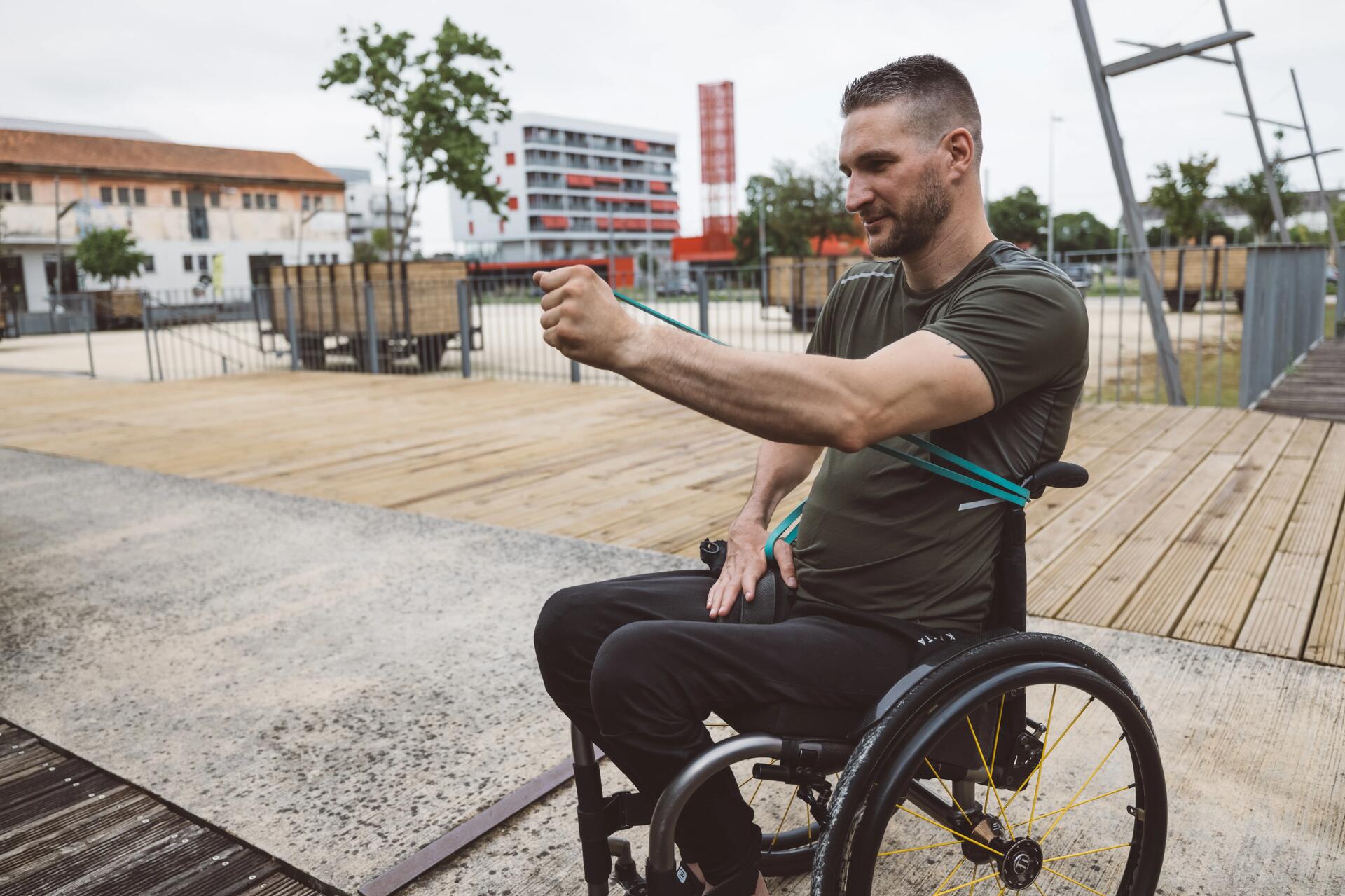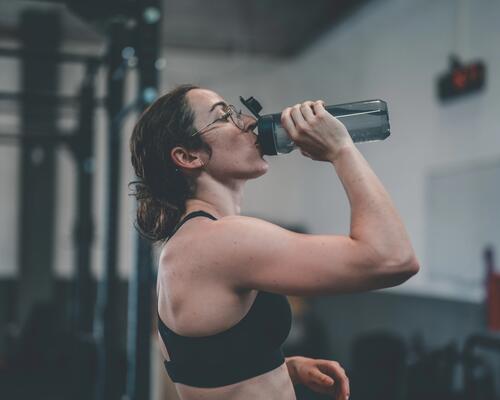Rotator cuff, supraspinatus: which muscles are affected and why are our shoulders so fragile?
The shoulder is a complex, fragile joint. "The shoulder is the most mobile joint in the body. In reality, it's a set of moving joints: shoulder blades, clavicles, humerus, etc.," explains physiotherapist Thierry Gaudré.
This set of joints has three degrees of motion:
- flexion / extension (backward-and-forward movement with the arm straight);
- abduction / adduction (up-and-down movement at the side with the arm straight);
- internal rotation / external rotation (like a backhand and forehand stroke, with the arm bent to 90°).
It looks like this:









